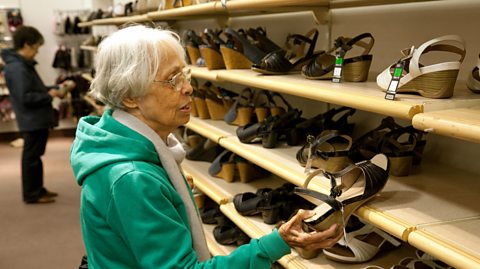Social factors
Social factors are the things that affect the habits and spending of customers. These include:
- demographics
- lifestyles
- tastes and trends

Demographics
demographicsStudy of the population change is most commonly used to reflect changes in population such as birth rate, life expectancy and levels of immigration. For example statistical evidence shows that the UK population is ageing. This demographic information is useful for firms who provide products and services for older people and is an indicator of the strength of the “grey poundMoney that older people, as a group, have available to spend”.
Lifestyles
Lifestyles are changing too. We are more health-conscious so healthy foods and habits are becoming more important to customers. Food packaging lists nutritional information. More electronic products such as pedometers and fitness trackers are being used.
An increase in people working from home has increased demand for products like home office equipment, and services like video conferencing. It has decreased demand for central office spaces.
Tastes and trends
Tastes and trends are also changing constantly, for example, clothing fashion trends are in constant flux. This offers opportunities for designers, manufacturers and retailers to respond quickly to these trends.
There are similar changes and trends in music, toys and home decorating. Often the fact that something is new, used by celebrities and influencers, or has featured in media, creates demand for a product or service.
